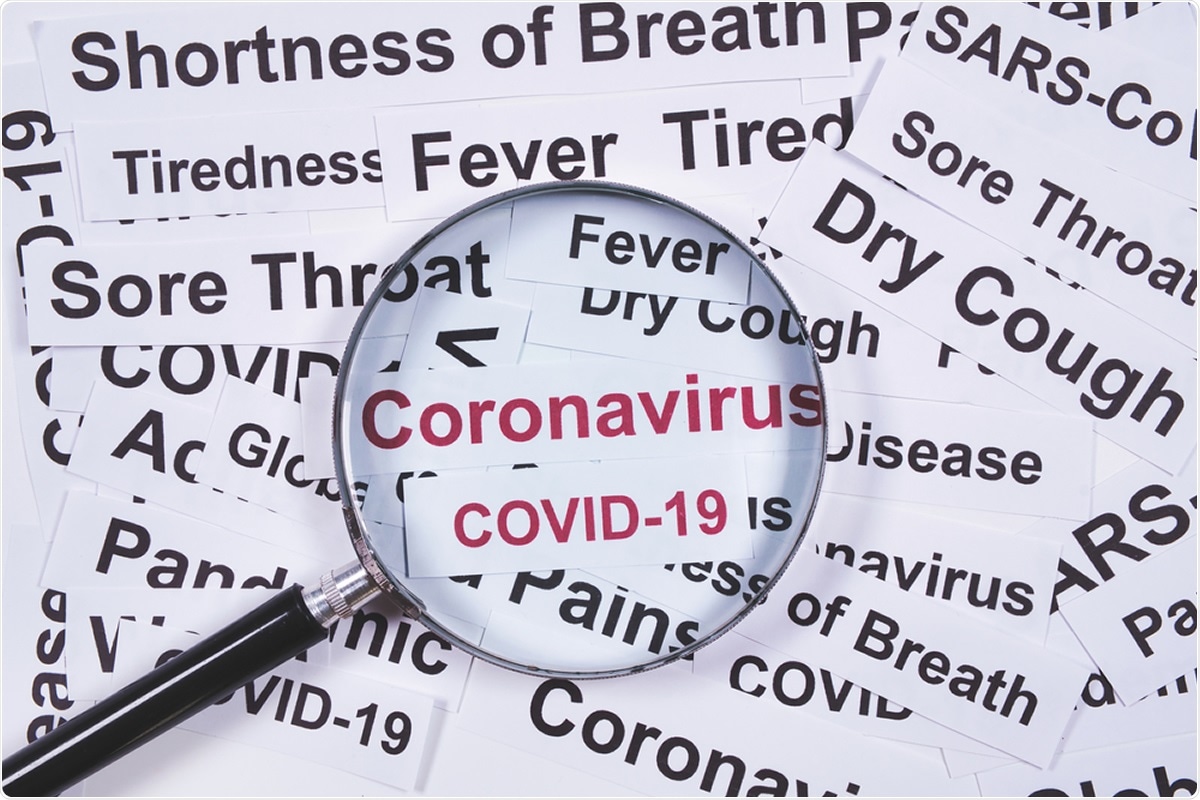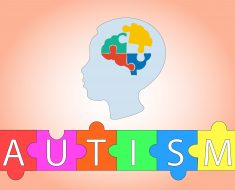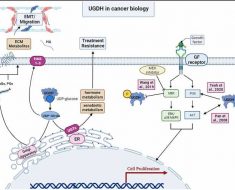The severe acute respiratory syndrome coronavirus 2 (SARS-CoV-2) is increasing in both the number of cases and death. Currently, there are over 112.9 cases and over 2.5 million deaths worldwide.
Despite an increase in public health efforts to track the virus's spread, many people are not getting tested. This may be due to being asymptomatic or having mild symptoms that people can Google to assess their risk of danger.
Yasser El-Manzalawy and colleagues from Geisinger sought to find patterns with Google searches that could predict coronavirus spread. Based on Google search trends for nine symptoms, the team suggests their model can estimate the number of COVID-19 cases across the United States up to three weeks ahead.
The authors write:
"Overall, our results demonstrated strong associations between Google search trends for several COVID-19 related symptoms and COVID-19 confirmed and death cases in the US."
The study "Associations Between Google Search Trends for Symptoms and COVID-19 Confirmed and Death Cases in the United States" is available as a preprint on the medRxiv* server, while the article undergoes peer review.

Observing state-level patterns
The team analyzed information from three time-series datasets, including the Centers for Disease Control and Prevention (CDC) daily confirmed COVID-19 cases, the CDC's daily death cases, and Google search trends on COVID-19 symptoms.
The study period included 245 days starting from March 1, 2020, through October 31, 2020. The team analyzed data from 422 COVID-related symptoms and conditions.
Data were categorized based on distinct patterns for COVID-19 cases and death.
Across the United States, there were three major COVID waves. This coincided with the uptick in case numbers and deaths reported by the CDC. An increase in google search for COVID-19 symptoms also overlapped with the three-wave patterns.
When looking at patterns by states, the team's cluster analysis showed seven distinct patterns of COVID-19 spread across 51 states. However, when looking at the number of deaths, there were fewer data fluctuations with only five disjoint groups. One of the five disjoint groups was New York.
"The trajectories of the total COVID-19 death cases show that from the starting date of our study period until June 25th, NY had the largest cumulative number of COVID-19 deaths. After June 25th and until the end of the study period, NJ is the leading state in terms of the total per million number of COVID-19 deaths. At the end date of our study period, the top leading states in terms of total per million number of deaths are NJ, NY, MA, CT, LA, and RI," wrote the research team.
COVID-19 patterns correlated with Google searches
The team next analyzed combined datasets to look for associations. Specifically, the goal of the study was to determine a possible link between google searches of specific COVID-19 symptoms and the number of cases and deaths in states.
Their analysis showed a stronger association between Google COVID-19 symptom search trends and COVID-19 cases than the number of COVID-19 deaths.
The top 15 symptoms also differed when observing correlating Google searches with COVID-19 cases and deaths. However, both associations had hypoxemia, ageusia, and anosmia as part of the top 5 googled symptoms.
Of the 422 symptoms observed in the study, googling hypoxemia was the most correlated symptom to the number of COVID-19 cases and deaths. As the first wave peaked on April 6th in several states on the East coast, the researchers also observed the largest number of Google searches for hypoxemia.
Study limitations
The study used datasets where the most recent data was from the end of October 2020. This would most likely fail to capture SARS-CoV-2's evolving variants such as B.1.1.7 and B.1.351 that have recently been reported in the states. Given that B.1.1.7 spreads faster and can cause more severe hospitalization, the data may not accurately portray the state of the current nation.
Since the United States had a staggering start to testing in the first few months of the pandemic, the researchers acknowledge a potential risk of underreporting cases and deaths related to COVID-19 in the first wave. The total number of SARS-CoV-2 test results given in the United States is currently over 344.1 million.
Lastly, this study's results are correlational, and the researchers cannot rule out extraneous factors that differ across states, such as temperature and humidity.
*Important Notice
medRxiv publishes preliminary scientific reports that are not peer-reviewed and, therefore, should not be regarded as conclusive, guide clinical practice/health-related behavior, or treated as established information.
- Abbas M, et al. Associations Between Google Search Trends for Symptoms and COVID-19 Confirmed and Death Cases in the United States. medRxiv, 2021. doi: https://doi.org/10.1101/2021.02.22.21252254, https://www.medrxiv.org/content/10.1101/2021.02.22.21252254v1
Posted in: Device / Technology News | Medical Research News | Disease/Infection News
Tags: Anosmia, Coronavirus, Coronavirus Disease COVID-19, CT, Hypoxemia, Pandemic, Public Health, Research, Respiratory, SARS, SARS-CoV-2, Severe Acute Respiratory, Severe Acute Respiratory Syndrome, Syndrome, Virus

Written by
Jocelyn Solis-Moreira
Jocelyn Solis-Moreira graduated with a Bachelor's in Integrative Neuroscience, where she then pursued graduate research looking at the long-term effects of adolescent binge drinking on the brain's neurochemistry in adulthood.
Source: Read Full Article





